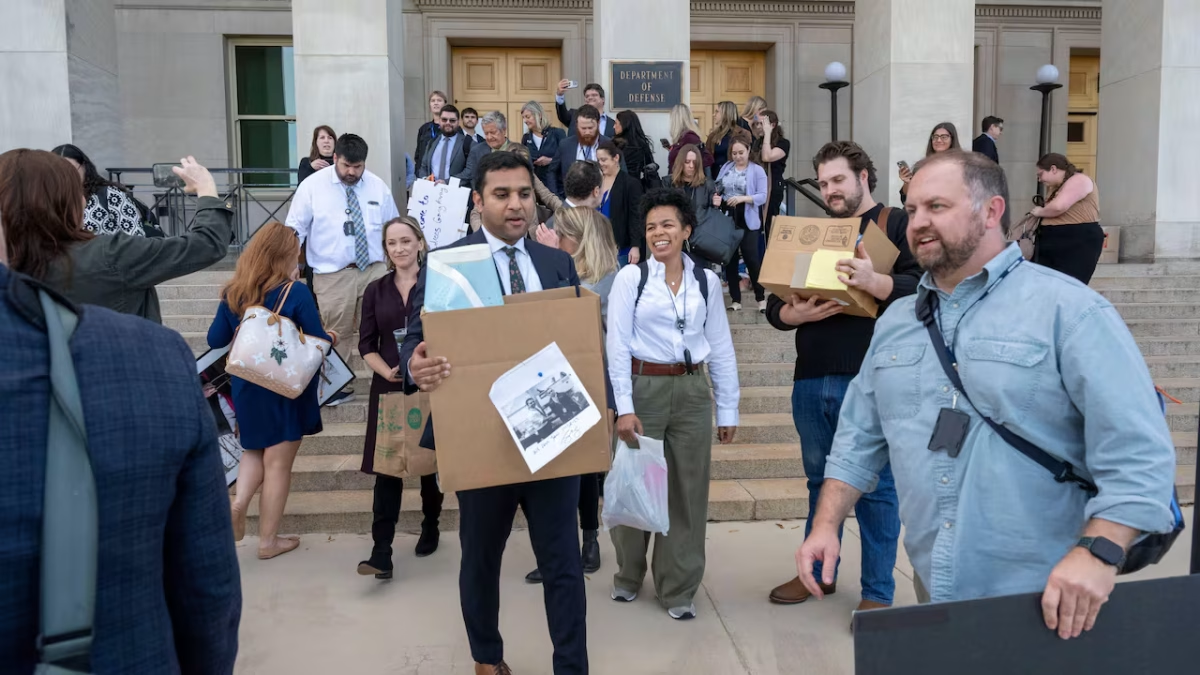
The Oakland University Student Congress (OUSC) has recently concluded its elections for the next year. This event has brought the organization’s budget to the forefront and is drawing questions that the next student body president, Jimena Garcia, will have to answer.
OUSC is funded by the Student Activity Fund (SAF) allocation, which is funded by OU students’ tuition money. According to the OUSC budget sheet, this amounted to $55,000 just for the winter 2024 semester, $58,000 for the fall 2023 semester and $13,00 for the summer 2023 semester.
With this amount of funding, funded by student tuition, the question ought to be asked: is it necessary?
On April 9, The Oakland Post sat down with Student Body President Murryum Farooqi to discuss the financial funding of OUSC. She expressed she feels that OUSC and all other student organizations should be getting more funding.
“We get $20 per student. Other universities are so much higher. They’re like $50, $80, $100, $200,” Farooqi said.
Farooqi also explained the money that isn’t used rolls over into the next year. That is to say that every dollar not spent by OUSC is saved to be spent next year.
Although OUSC desires more money, and will definitely be lobbying the university administration to achieve this, there are many areas of surplus in the organization’s budget.
According to the OUSC budget sheet, $1,000 was allocated for pronoun pins, and less than $50 was spent. $4,000 was allocated for office renovations, but not even $400 was spent. A total of $1,700 was allocated for the Director of Community Engagement for the summer semester — none of it was spent. This is just a handful of many other examples.
“We just allocate huge amounts, just in case,” Farooqi said.
In the interview, Farooqi explained the desire to get more funding per student allocated to OUSC is driven by the fact that student enrollment is decreasing. Farooqi is concerned that as student enrollment decreases, OUSC’s budget will also start to dwindle. This concern is legitimate, considering that OUSC funding is directly pegged to the amount of students.
Farooqi stated she did not feel the funding for OUSC was a present problem but a future problem. Farooqi also made clear the negotiation with OU’s administration for more funding should start soon so that the changes can be made in a timely manner.
“You start a conversation [with the administration] and then you just have that same conversation 15 times,” Farooqi said.
Farooqi felt that financial burdens were the main cause of decreasing student enrollment. Therefore, Farooqi made the case that with more funding, OUSC could help curb these hardships.
“We can take some of that burden off and basically pay for professors to take the time to make textbooks for you and your classes,” Farooqi said, referring to the affordable course materials initiative.
These facts still do not discount the large amount of untended funding OUSC reveals in its budget sheet. Especially when $1,500 was allocated for handouts for housing and none was spent.
These gaps in the allocation of funding seemingly reveal a problem for OUSC. The money set aside for individual projects, events and expenditures is always well above what is needed. This leaves a massive reserve of untapped resources for the organization. Yet, OUSC leadership feels money is running out and seeks to increase its funding.
While OUSC has a history of helping students with financial burdens, the shadow of an ill-kept pocketbook looms large. OUSC demands more funding — perhaps they already have it.









Avery S. • Apr 25, 2024 at 9:32 PM
Kablak isn’t “anti-OUSC.” He’s doing what good journalists do. It’s a breath of fresh air for the post. Keep up the good work, Nick.
Ferdan • Apr 24, 2024 at 8:01 AM
Oakland Post release your budget challenge
Barry • Apr 20, 2024 at 10:43 AM
What has the OP been doing lately? Why are we seemingly angry about fiscal responsibility? How bad would it be if the outgoing admin spent all of the money? The next admin would have functionally no reserves. Sure, OUSC allocates more than it spends at times, but isn’t that a good thing? The money that isn’t allocated can be used for other purposes. And those allocations are estimates made months out from when they’ll be used. Not to mention a lot of OUSC projects have helped plenty of students…
Ty • Apr 20, 2024 at 1:00 AM
Hey club sports, when you don’t get more money because of the lack of due diligence on behalf of your campus media, thank this guy.
Anony • Apr 20, 2024 at 12:35 AM
Alternative title: Does the OP need new ideas?
TrueJ • Apr 20, 2024 at 12:21 AM
This is really weird, some how OUSC saying student organizations should get more money, has been weaponized to attack ousc. Where’s the Oakland posts budget, every other week the Oakland post FILLS several recycling bins to the TOP with newspapers no one read. And they still aren’t printing less. Irresponsible waste of your tuition.
Ethan Lehman-Pace • Apr 17, 2024 at 4:44 PM
Hey there, Director of Community Engagement here! The money wasn’t spent because our plans fell through and because I was unable to make it to campus.
Additionally, I think that you specificially highlighting pronoun pins feels like it’s in poor taste at a time when queer and trans people, as well as DEI initiatives are under attack. You can point out that we don’t spend our full allocations for things but maybe pick one that’s less easily co-opted by bad actors. Also, those are only bought when we need more, that’s allocated in case one runs out or low.
Finally, unlike other SAFAC orgs, if we did not allocate the money in the original budget, it takes a minimum of two weeks to pass a bill to move the money, thus it is far simpler to allocate extra as a safety net.
Ethan Lehman-Pace • Apr 17, 2024 at 5:21 PM
Additionally, it would behoove students to know that the article neglects to share that our “untapped reserves” are both publicly available and featured on the budget sheet that we give out. As it stands, we were sitting at around 181k at the start of the semester. While this may seem like a high amount, one must remember our semesterly allocation—mentioned in the article— and also the initiatives that we *do* spend on—which are not.
Every safac org has a lot of post-covid savings and we try to ensure we can function even if we have a semester without funding